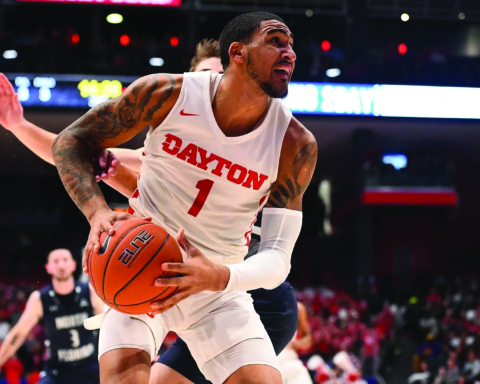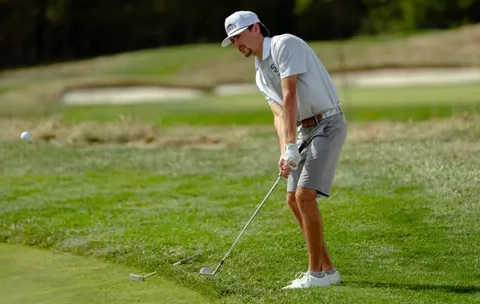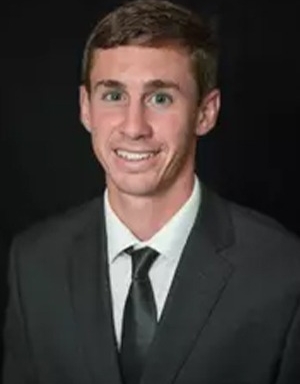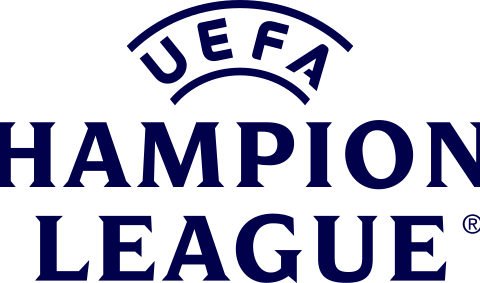By A.J. Mitchell
Contributing Writer
There is a key part of every team that never really gets its time in the spotlight. The athletic trainers at St. Bonaventure University come to the aid of over 250 student-athletes, and their main concern is to keep players on the field, on the court or in the pool.
According to the National Athletic Trainers’ Association website, “Athletic trainers are highly qualified, multi-skilled health care professionals who collaborate with physicians to provide preventative services, emergency care, clinical diagnosis, therapeutic intervention and rehabilitations of injuries and medical conditions.”
Seth Tisdale, an assistant athletic trainer at Bonaventure, said, “I knew I wanted to be an athletic trainer in high school. While I was in comparative anatomy, we would discuss the different injuries we saw in sports and the different professions that helped the athletes rehabilitate those injuries.”
Tisdale explained his process for creating a rehab plan, how it caters to each individual athlete and how these plans aren’t perfect and constantly changing.
“There are many factors that go into developing a rehab plan for an injured athlete,” Tisdale said. “What kind of injury is it? Is this an injury that they can participate with or will they have to miss some time? Once you have all that information, you come up with therapeutic exercises and modalities that will increase the athlete’s strength and range of motion and decrease their pain, inflammation, etcetera.”
Tisdale recommends following proper weight-training programs along with stretching and mobility exercises to prevent future injuries.
“Obviously, some injuries are unavoidable, and they’re a part of athletics,” Tisdale said.
Ultimately, there is a lot of pressure and responsibility to get all the steps of keeping an athlete healthy whether it is a workout routine, injury diagnosis or rehabilitation.
Director of Sports Medicine Bradly Pruett’s preferred parts of the job is the traveling and being around great people, but his favorite part is helping an athlete get back to competing after injury.
“Knowing that from behind the scenes, you are an important part of an individual’s and thus a team’s success is an unmatched feeling,” Pruett said.
When asked about what piece of training equipment is most valuable, Pruett said his staff and out physicians and their staffs.
He also stated how he is only one person and without his hard-working staff, he would not be good at what he does.
The assistant athletic trainer, Olivia Vita-Farnsworth, said her favorite part of the Bonaventure is the loving community atmosphere.
“I’m loving the community atmosphere that this school has. From day one, people have reached out to get to know me and I watch as they actively work to care for others around them,” said Vita-Farnsworth.
She said how students and staff members are always so kind and engaging, which makes this campus really feel like home. To her, having a cooperative athlete and a creative rehabilitative mindset are essential to her job.
Vita-Farnsworth vocalized how rigorous an athletic trainer’s schedule may be. For example, Farnsworth’s schedule changes daily based on the practice and game schedules of the teams she covers.
Recently, she held a weightlifting session for three different teams from 6 to 7 a.m., and afterwards she holds post-lift treatments for athletes who are recovering from injuries.
Farnsworth said she also gives treatments before and after practices for cross country and basketball. Lastly, the final post-treatments are until approximately 8 p.m. To recap, athletic trainers are always there for athletes no matter what the circumstances and are here to help.
The athletic trainers do their job proficiently without any recognition or praise, but that is not what motivates them to do their job.
Instead, they drive off the fact that they made a difference when it comes to rehabilitation or preventing future injury. Without the unwavering support and work of the staff, many athletes would not be able to heal properly from injury or prevent injury in the future.
mitcheaj17@bonaventure.edu





